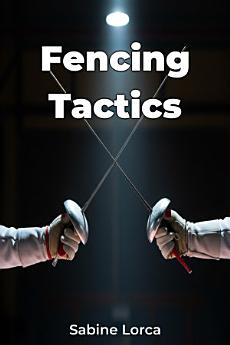Fencing Tactics
About this ebook
Did you know that understanding historical fencing manuals can provide insights into the strengths and weaknesses of modern techniques?
Or that biomechanical analysis optimizes movement efficiency and reduces injury risk?
The book progresses systematically, starting with core fencing concepts such as distance management and blade work. It then analyzes offensive, defensive, and counter-offensive tactics, including attack combinations and parry variations.
Connecting fencing to broader fields, Fencing Tactics draws parallels with military strategy and sports psychology, enhancing understanding of planning, adaptation, and managing pressure. This approach, blending historical context with modern analysis, offers a unique perspective for competitive fencers and coaches.







